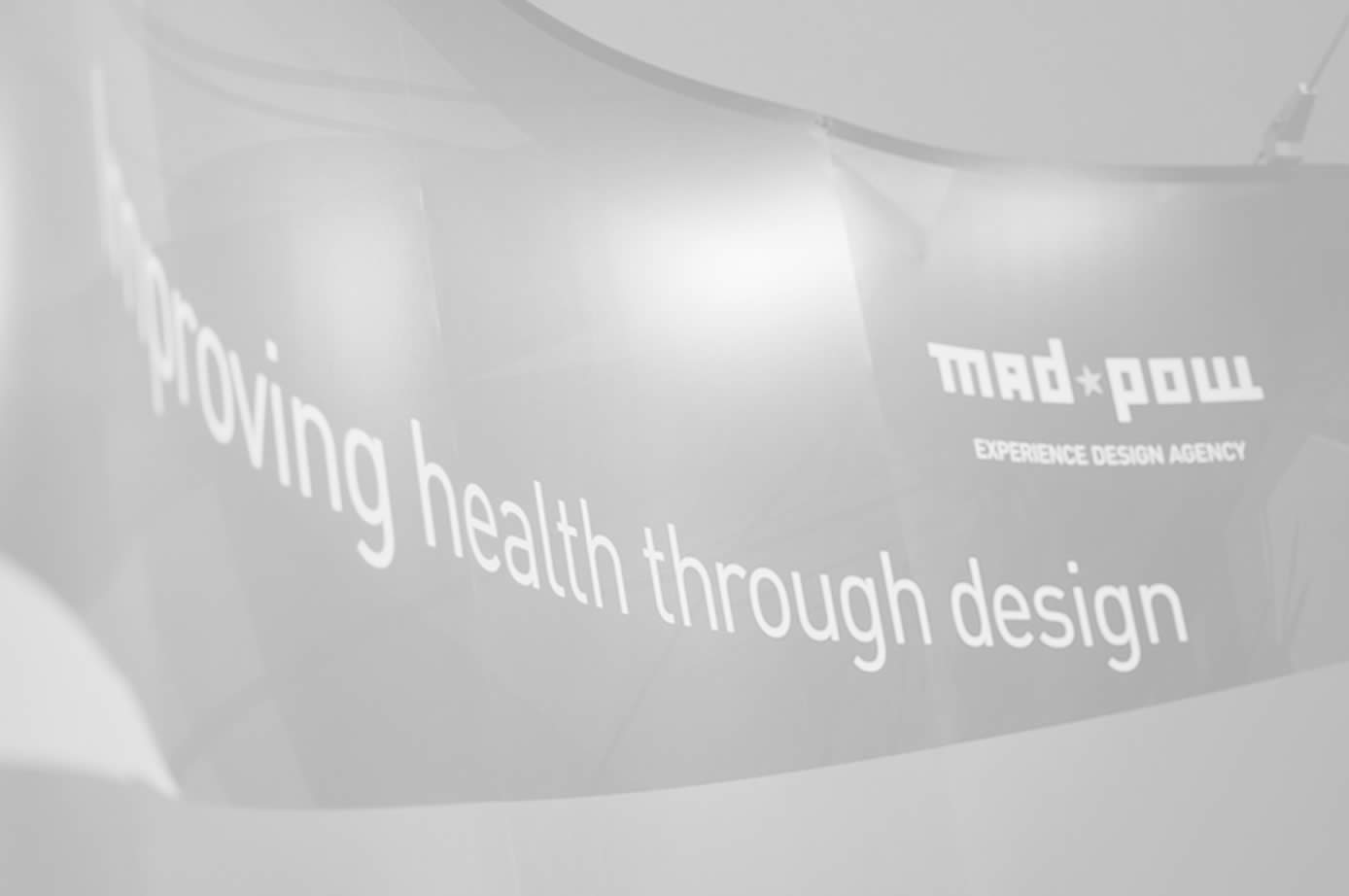About Me
Megan bakes the best brownies on the planet. The end.
Actually, that's just the beginning. Sassy, smiling and straightforward, Megan's found a way to connect her three passions food, health, and design. She is both an experience design director at Mad*Pow, and a graduate student at Boston University earning her degree in Gastronomy with a concentration in Food Policy. Ultimately she hopes to use her design and strategy chops to educate the public about the connections between their health and what they eat, and use design to help affect changes in food policy at local, national and global levels.
With over 15 years of experience in research and experience design, Megan specializes in helping clients discover the attitudes, intents and behaviors of their users and understand what is truly important to them. By being the ultimate user advocate, she is able to improve the organization and presentation of content and refine the messaging in a way that rings true with the audience(s) and meets business goals.
She has worked with clients including Bank of America, Aetna, Constant Contact and McKesson to sharpen their understanding of their audiences and design new digital experiences steeped in rigorous research and design thinking. She has been able to flex her marketing strategy muscles, creating new brand identities and developing clear and meaningful strategies for evolving brands.
Until recently, Megan was also the mastermind behind Mad*Pow's marketing strategy. From evaluating market conditions to directing digital marketing and social media strategies, Megan guided the marketing direction for all our events and promotional activities while collaborating with sales to support them in generating maximum buzz. Now that she has passed the Marketing torch, she is happy to wear just one hat as Experience Design Director.
Prior to Mad*Pow, Megan served as marketing manager with Momenta as well as senior product manager and user interface manager at Bottomline Technologies. Megan holds a BA from the University of New Hampshire and is always seeking to continue her education by attending conferences, seminars and reading her weight in UX books.
She is a founding member of the NHUPA. Her speaking gigs have included Refresh Boston, the 2010 IA Summit in Phoenix, the 2010 Usability Professionals' Association International conference in Munich, 2010 UPA Boston and Interaction11 in Boulder. In addition she served as IxDA's Interaction12 conference program director.
A die-hard tennis fan, Megan enjoys traveling the world, splashing in the waves at her favorite local beach and coffee shop-hopping around town with her husband and two young children.





